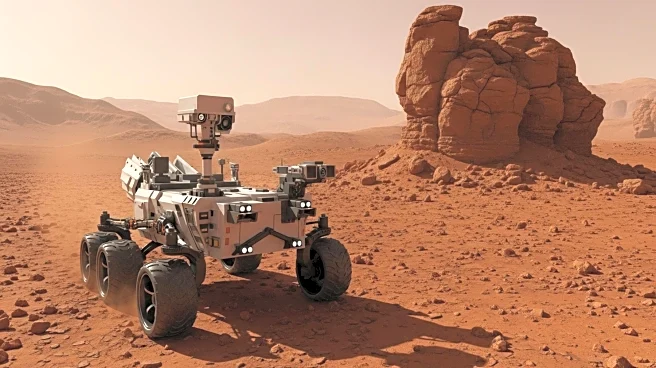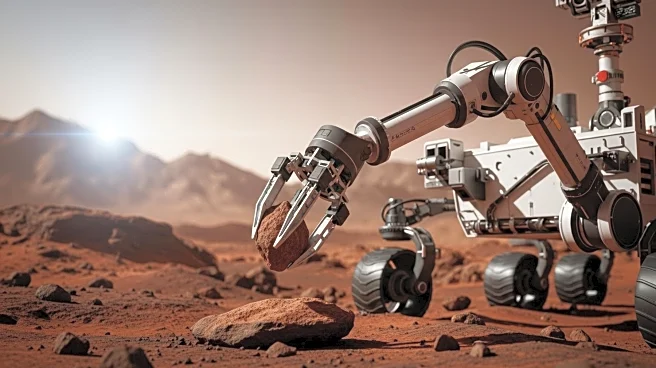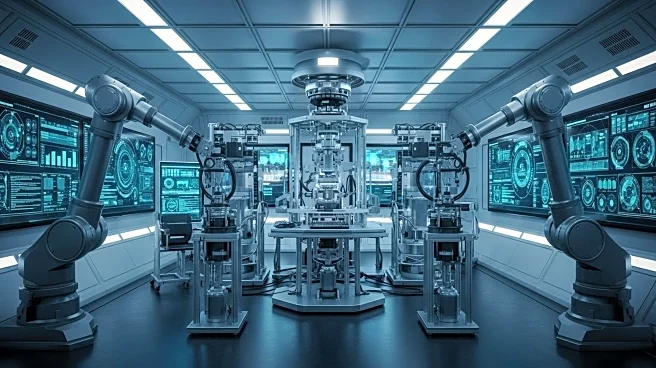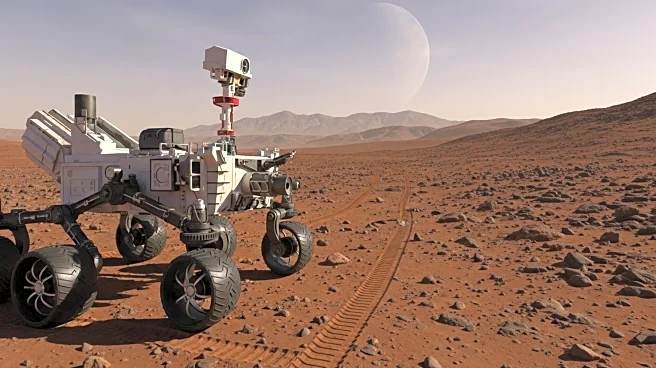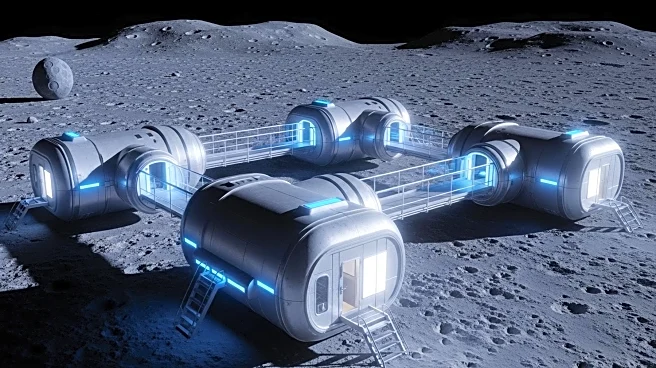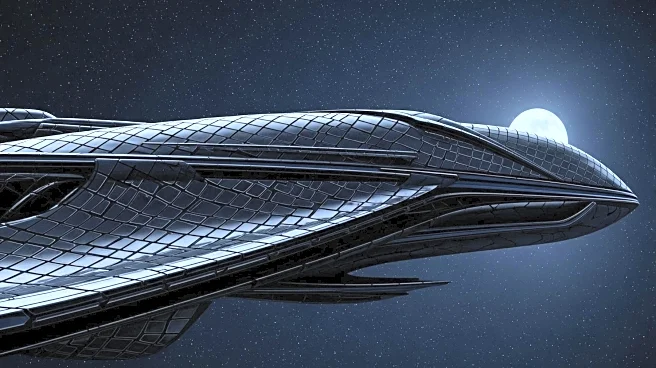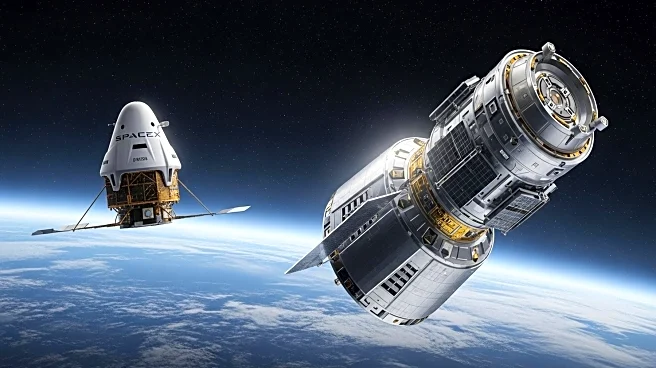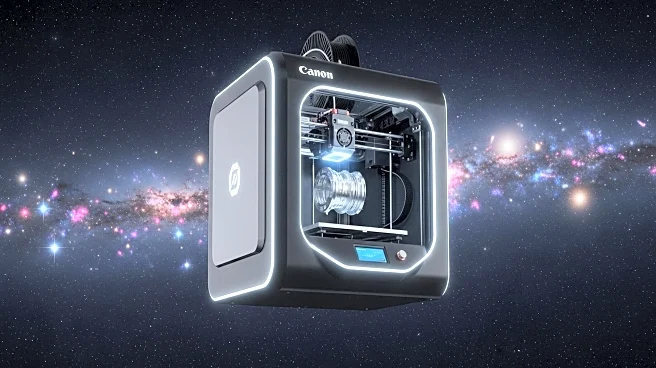What's Happening?
Russia's Bion-M No. 2 satellite, which carried over 1,500 animals into space, has returned to Earth after a month-long mission. Launched from the Baikonur cosmodrome in Kazakhstan on August 20, the satellite orbited the Earth for 30 days before landing in the Orenburg region of Russia. Dubbed 'Noah's Ark,' the satellite carried mice, flies, plants, and microorganisms to study the effects of cosmic radiation and weightlessness on living organisms. The landing was not without issues, as it caused a small bushfire, which was quickly extinguished. Recovery crews promptly retrieved the specimens for scientific examination.
Why It's Important?
The Bion-M No. 2 mission is significant for its potential contributions to understanding how different life forms react to prolonged space exposure. The data collected could lead to advancements in technology designed to protect human life during space travel, such as shielding against cosmic radiation. This research is crucial for the future of human space exploration, particularly for long-duration missions to the Moon, Mars, and beyond. The findings may also provide insights into the origins of life on Earth, supporting theories that life could have been seeded from space.
What's Next?
The specimens from the Bion-M No. 2 mission will undergo detailed analysis at the Institute of Biomedical Problems of the Russian Academy of Sciences. Scientists will study the effects of space travel on the animals' motor activity and nervous systems. The mission's results will inform future experiments and the development of protective technologies for astronauts. As space agencies worldwide prepare for more ambitious missions, the knowledge gained from such experiments will be invaluable in ensuring the safety and success of human space exploration.


